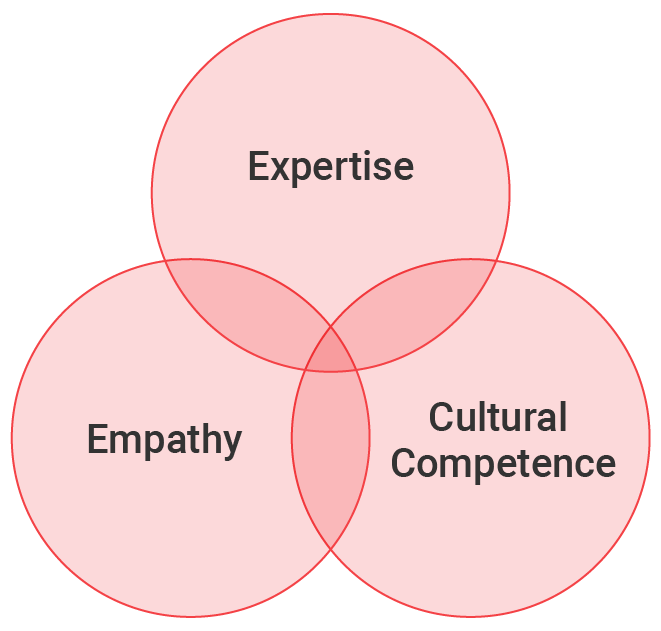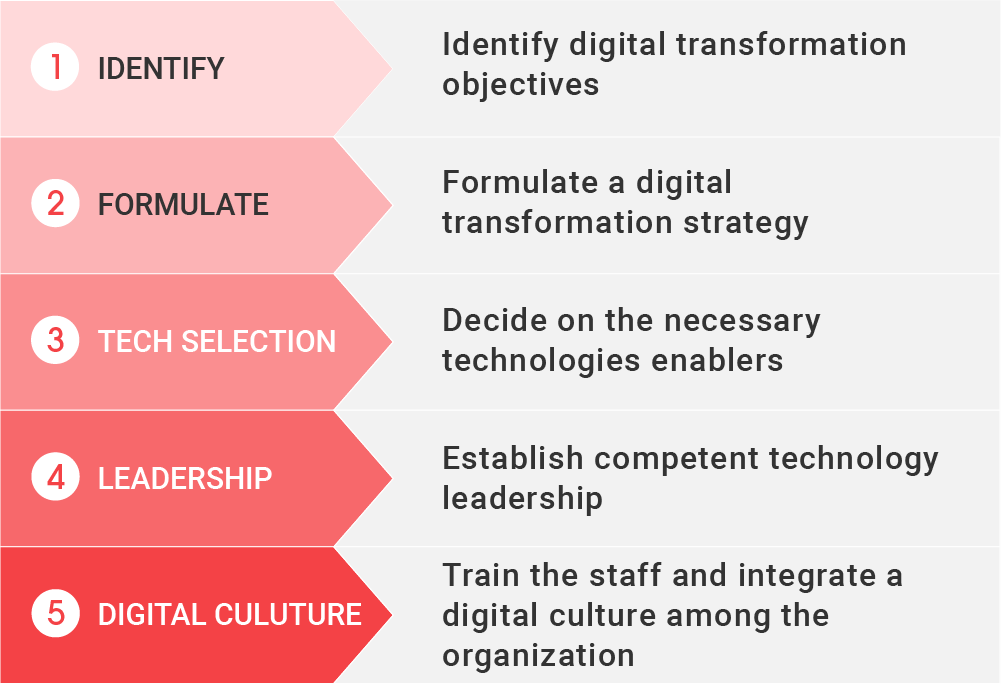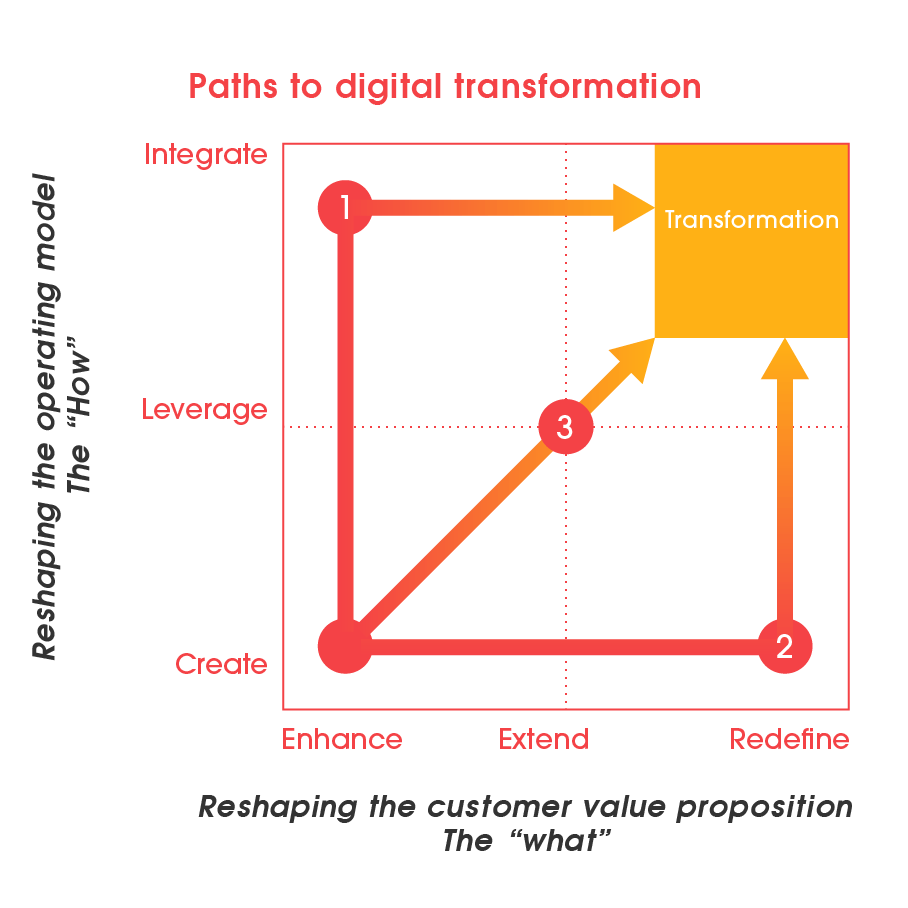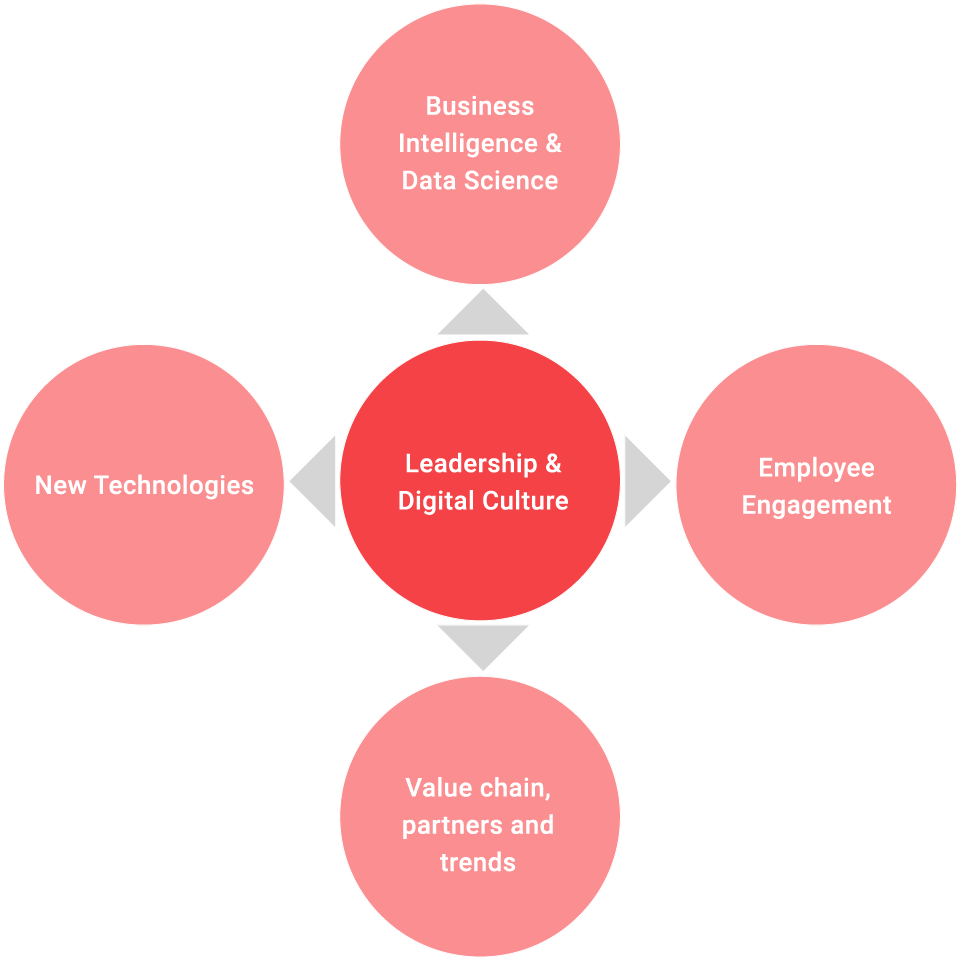
Support for formulating digital innovation business strategies

Support for formulating digital innovation business strategies
Support for formulating digital innovation business strategies
In response to the changes in the global business environment from digitalization and the birth of new technologies, CIC supports the formulation of digital innovation strategies to ensure competitiveness and further growth.

With the advent of the digital age, global competition beyond industry is intensifying. In the midst of the rapidly changing and uncertain world, we are shifting our focus from a world of meticulous medium-term management plans and careful performance evaluation every quarter to a world of real-time business decisions while swiftly launching new businesses and rapidly carrying out PDCA (plan, do, check and action) cycles.
In the midst of this digital wave, CIC provides support for the formulation of practical digital strategies that are thoroughly customized according to client needs while considering the characteristics of industries, services, products and the latest global market trends.
1)Support for new digital business development
Technologies such as artificial intelligence (AI) and the Internet of Things (IoT) are transforming products and services, and data analytics using big data is creating new trends, creative approaches and innovation in technologies that will be useful in the coming era.
CIC supports the development of new digital businesses while taking the latest trends in the U.S. and global markets into account. These services include global/domestic market analysis, benchmarking and strategic advisory throughout project phases, such as solution development and commercialization, based on data and scientific evidence.
2)Support for formulating digital partner strategies
With the advent of digital technologies such as artificial intelligence (AI), IoT (Internet of Things), blockchain, RPA (Robotic Process Automation), virtual/augmented reality (VR/AR), sensor technology, the cloud, big data, etc., the boundaries of industries are becoming blurred and the destruction and integration of existing industries are expected to continue to progress rapidly.
Amid these major developments in the digital age, there are many cases in which establishing the new digital businesses mentioned above is greatly accelerated by forming strategic partnerships that transcend boundaries between industries or countries.
In order to support the new growth of businesses in the digital age, CIC will support the formulation of partnership strategies, partner selection, negotiation with partners, development of business models, sales activities and monitoring and improvement of business operations.
3)Support for formulating digital transformation (DX) strategies
DX is a comprehensive reform that revolutionizes the organization, culture and business model of a company through company-wide efforts across organizations and functions. For this to be successful, it is necessary to develop a DX strategy based on a consistent vision initiated by top management, and to have a common understanding with stakeholders at all levels of the organization.
CIC helps companies make important decisions about the formulation of their DX strategy, including defining medium- and long-term goals to achieve based on the strategy, specific performance indicators and priorities.
4)Digital Transformation (DX) Framework
According to a McKinsey study (* McKinsey & Company, The ‘ how ’ of transformation 2016), 70 percent of major transformation programs fail. Common pitfalls are resistance to cultural change, lack of leadership, and lack of collaboration between departments.
A framework like the following can help organizations avoid these pitfalls by providing a roadmap to success.
The framework provides an organization-wide approach and prevents employees and top management from deviating from their goals in a rapidly evolving business environment.
*Source: https://www.mckinsey.com/industries/retail/our-insights/the-how-of-transformation

1)Identify: DX Goal Settings
The organization can set or prioritize various digital transformation goals based on industry, size, market share, etc. Depending on the nature of the organization, each possible goal can include:
- Digitalization of goods and services
- Process optimization
- Building a new business model
2)Formulate: DX Strategy Formulation
Once DX Objectives have been established, plan the steps to achieve them.
The digital maturity of the organization determines the next steps in DX projects.
According to the IMB, there are three paths to choose from to achieve the DX. The best path for the organization depends on digital maturity, purpose, industry and competitiveness.

Path 1: Create and integrate digital operations first. Then enhance the customer value proposition based on new processes
For the government and the private sector such as B2B manufacturing, mining, where customer expectations are more modest and the product is either a physical asset or well-established services, changing the way your organization operates is the most suitable strategy for digital transformation.
Automating some operations and processes as part of process re-engineering or operational reform can help you reduce costs along with shifting your workforce’s focus on more value-added tasks.
Path 2: Improve customer value proposition with digital content, insight and engagement. Then focus on integrating digital operations
Industries such as financial services, insurance and retail, where new revenue-based services can be offered via online and mobile devices, should focus on improving the value they propose to customers.
Key questions should be:
What can your company do to better serve customer needs?
- Capturing feedback from customers
- Emotionally engaging with customers
- Personalized products and services
- Service speed improvement
Path 3: Build a new set of capabilities around the transformed customer value proposition and operation model in lock-step
If you have enough resources and both objectives are equivalently important, you can handle the transformation of operations and customer value proposition simultaneously.
3)Tech Selection: Decide on the Digital Transformation (DX) technologies
After DX strategy is formulated, now you need to decide which technologies will enable you to achieve your objectives. Technology selection depends on your use case. The following are trending DX technologies. However, it is important use based on the strategic path you chose:
Path 1: Create and integrate digital operations first. Then enhance the customer value proposition based on new processes
- RPA,
- Digital twins,
- IoT,
- Smart contracts,
- Process mining,
- Task mining,
- Analytics,
- Predictive maintenance,
- Autonomous things.
Path 2: Improve customer value proposition with digital content, insight and engagement. Then focus on integrating digital operations
- Customer intelligence,
- Personalization engine,
- Recommendation engine,
- Omnichannel,
- Chatbots.
参考: AI Multiple
4) Establish a competent technology leadership
Though 87%* of businesses believe that digital will disrupt their industry, 87% acknowledged that they don’t have the right leadership. Success in digital transformation depends on leadership as much as on technological capabilities. Transformational leadership eases the integration of digital culture which we will explain on the next step.
*Source: Deloitte UK
5)Train the stuff and integrate a digital culture among the organization
Digital culture is the work environment where every employee is able to communicate and discuss with leaders about innovation while leaders are encouraging employees to take risks, fail fast, and learn. Digital culture includes experimentation, collaboration, employee involvement and training. While establishing a digital culture is hard and requires internal leadership, training is rather easy and companies have access to various partners and tools for that.
The five success factors for digital transformation
The following factors, including leadership from top management, are essential to driving digital transformation. It is important to simultaneously develop digital experiences as an organization and build digital talent and corporate culture.

Leadership and Corporate Digital Culture
The type of leadership and culture needed for a successful digital transformation can be described as that of a winning team, one in which people are given the space and opportunity to do their best work.
Based on global market trends and industry best practices, CIC provides the necessary information (e.g., case studies, data) and advice for leaders according to their needs.
Employee engagement
An organization can drive digital excellence by making sure employees are fully engaged in the process.
Value chain, partners and trends
Having an in-depth understanding of what the digital trends are in the industry and collaborating with partners and suppliers who are best in class allows an organization to focus on transforming those processes that are most critical for the success of the business.
New technologies
Critical to digital transformation is the ability to implement and make optimal use of the new and emerging technologies available right now to improve business operations and performance.
Business intelligence and data science
As automation and digitization begins to generate useful information about processes, customers and services, using that data to inform and guide decisions is the next step in a process of continuous improvement.
Examples of Digital Strategies:
Here are some recent examples of digital strategy-related needs that CIC supported (the content is generalized to respect confidentiality):
Examples of Digital Strategies:
Here are some recent examples of digital strategy-related needs that CIC supported (the content is generalized to respect confidentiality):
- We aim to strengthen and expand our business by taking advantage of the strengths of existing products and services.
- We hope to develop innovative digital products and services by leveraging the strengths of existing products and services.
- We hope to optimize existing business processes and mechanisms through digital transformation.
- We wish to introduce cutting-edge digital technologies (such as AI and machine learning) to provide new value to the industry and open up new markets.
- Looking ahead to the post-corona era, we aim to provide digital products and services that match the needs of the market.
- Going beyond the industry barrier, we would like to partner with (or acquire) domestic and foreign startups and develop digital strategies and businesses globally.
